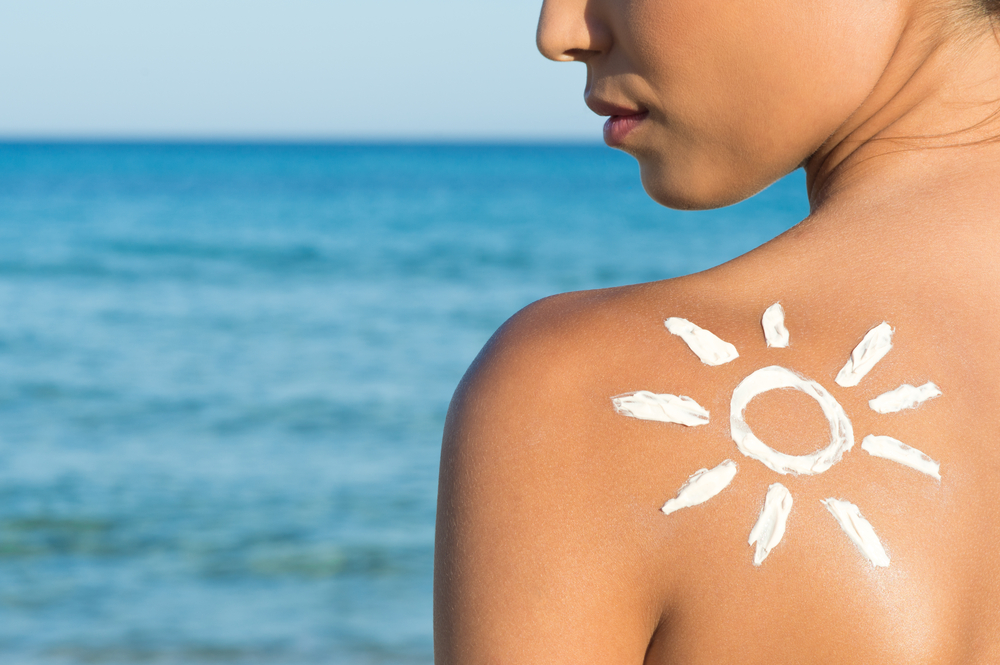Melasma is a common skin disease that can affect anyone. However, the skin issue is more common among the female population. The skin disorder is a common sign of unhealthy skin.
A series of brown to gray patches, melasma usually appears on the cheeks, bridge of the nose, above the upper lip, forehead, and chin. The term pregnancy mask is often given to melasma as it is most common in pregnant ladies.
Treating the brownish pigmentation remains challenging as current remedies such as topical permeation, chemical peeling, or laser resurfacing gives inconsistent results and recurrence is commonly noticed.
The main culprit is a high level of the female hormone that is released during pregnancy. Researchers believed that while hormonal stimulation and genetic tendencies remain significant factors, they pinpoint the other potential cause that may lead to the appearance of melasma.
Does Sun exposure play a role in melasma?
In a current research study, researchers theorized that other mediators might affect pigment production. As it is mentioned above pigment cell are primarily stimulated by female hormones, but researchers revealed that other skin cells might also play a significant role in producing melanin. The ultraviolet rays of the sun cause significant damage to the skin and trigger skin cells to produce numerous chemical signals as a response. This concludes that melasma should not be seen as simply a hormonal condition, but it is a part of the photoaging spectrum of skin problems.
Protect your skin from sun damage
Sunlight triggers melasma and even if your symptoms have disappeared, a few minutes of sun exposure can cause recurrence. Therefore it is necessary to protect your skin from UV rays: If you have melasma than the following tips will help you achieve an even skin tone:
- Wearing a broad spectrum sunscreen every day with an SPF of 30 or more. That has the ability to block the sun rays. Make sure you have applied every two hours when you stepped out into the sun.
- Wear a wide-brimmed hat whenever stepped out. Sunscreen alone may not protect your delicate skin from UV rays. So, it is important to wear protective clothing in addition to applying sunscreen.
- Go for mild skin care products- Choose skin care products that do not sting or irritate your skin.
Sun protection is a first good step, but may not be useful in some cases. In this instance, patients must seek medical attention of a dermatologist. Tri-luma 15 mg is safe and effective for pigment problems including sun damage, melasma, and post-inflammatory hyperpigmentation. Use the topical preparation for four to six months to be the most effective treatment. After this period, some melasma patients stop showing improvement in the appearance of their skin.
Triluma Cream for Melasma
Triluma cream is a combination of hydroquinone, tretinoin, and fluocinolone acetonide, which makes it an effective remedy for melasma. It is used for the short-term treatment of moderate to severe melasma.
The cream should be applied daily as instructed by your dermatologist. Use the topical preparation correctly at night at least thirty minutes before bedtime. After washing your hands, apply a thin layer all over your affected area of the face and rub gently. Don’t apply the cream more than the recommended. Applying too much won’t give you faster results, but may irritate your skin.
Use a sunscreen and a wide-brimmed hat to protect your treated areas. It requires a small number of UV rays to worsen melasma. Even after stopping the treatment, continue to protect your skin from sunlight. Talk to your dermatologist only he/she knows which other medicines may be helpful for treating melasma. Do not use other topical or oral formulation unless your dermatologist approves them.



